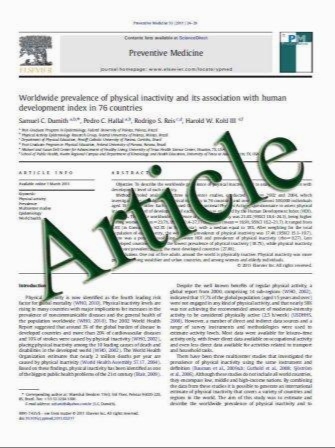Adherence and persistence with teriparatide among patients with commercial, Medicare, and Medicaid insurance
- نوع فایل : کتاب
- زبان : انگلیسی
- مؤلف : S. A. Foster & K. A. Foley & E. S. Meadows & J. A. Johnston & S. S. Wang & G. M. Pohl & S. R. Long
- چاپ و سال / کشور: 2010
Description
Summary Adherence to, and persistence with, treatments for osteoporosis are low. Adherence with teriparatide decreases over time. Higher copayments in the commercial/ Medicare population were associated with worse persistence. Understanding factors such as prior screening, prior treatment history, and out of pocket costs that influence persistence with teriparatide may help clinicians make informed decisions. Introduction The purpose of this study was to evaluate adherence and persistence with teriparatide. Methods Beneficiaries with at least one claim for teriparatide in 2003 or 2004 and continuous enrollment in the previous 12 months and subsequent 6 months were identified in a national commercial/Medicare and Medicaid administrative claims database (MarketScan®). Adherence was assessed through calculation of the medication possession ratio (MPR). Persistence was measured by time until discontinuation and time until first 60-day gap in treatment. Factors associated with persistence were assessed using Cox proportional hazards models. Results The average MPR at 6 months was 0.74 (N=2,218) and at 12 months, was 0.66 (N=1,303). At 6 months, 64.6% of patients remained on therapy and at 12 months, 56.7% remained. Bone mineral density screening and use of antiresorptive therapy within the 12 months pre-period, and lower patient copayments were associated with increased persistence. Conclusion Patients appear to have good adherence with teriparatide over the first 6 months which declines over time. Prior screening and treatment of osteoporosis and out of pocket costs appear to impact persistence. To optimize patient outcomes, clinicians should consider clinical factors that impact persistence, while healthcare decision makers should consider the negative effect of higher patient copayments on persistence.
Osteoporos Int (2011) 22:551–557 DOI 10.1007/s00198-010-1297-z Received: 17 November 2009 / Accepted: 30 March 2010 / Published online: 27 August 2010


